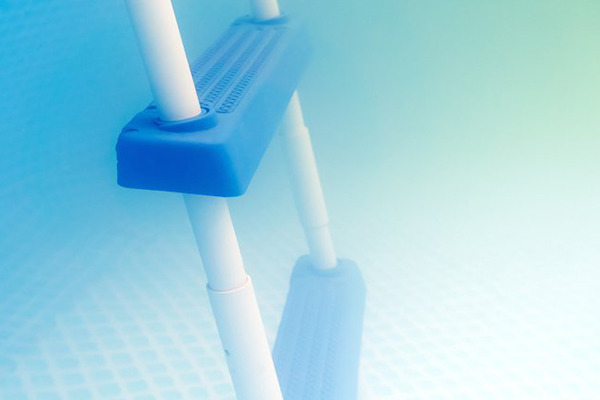
The pool water is cloudy, milky and smells unpleasant
The milky colour and cloudy water is associated with particles floating in the water, forming a suspension that gives the 'milk' effect. This happens when we neglect to clean the pool. There are too many organic impurities in the water. This is why, in addition, there is an unpleasant smell.
Apparently we used too little disinfectant, hence the symptoms. If we can say with our hand on our heart that we followed the manufacturer's recommendations, take a look at the filter. It is probably dirty because it has not been rinsed regularly.
Whether we have used too little chemistry or the filter has not been properly cleaned the water 'repair' looks the same.
Thoroughly rinse your pool filter:
This point is quite often forgotten by customers, and undoubtedly regular rinsing of the filter, is a guarantee of keeping the bed in good condition and of optimal water flow through the pool filter.
With moderate use of the pool, the filter should be rinsed once every 14 days, and with increased occupancy once every 7 days.
Check the pH of the pool water with a suitable tester.
Adjust the pH to the appropriate level:
Depending on the readings you obtained when measuring the water with the tester, you must now bring the pH of the pool water to a level of 7.0 - 7.4. It is in this range that the chlorine will work optimally achieving its maximum chemical effectiveness.
Of course, to lower the pH of the water, use pH Minus and to raise the pH of the water, use pH Plus accordingly.
Carry out shock chlorination - use shock chlorine:
This procedure is nothing more than a sudden increase in the chlorine content of the water, thanks to which we will eliminate all the micro-organisms that are present in the pool.
So-called 'chlorination' is another way of saying a breaking point, which will give you the effect of crystal-clear pool water.
Procedure (with filtration activated)
- Dissolve an appropriate dose of shock chlorine in warm water in a bucket and spread along the pool shoreline
- Alternatively, dose granules directly into the skimmer.
- Leave filtration on for min. 48 hours
- After about 24 hours, test the pool water with a suitable tester or photometer.
- Do not use the pool until the target chlorine content of the water approaches 0.6 mg/l
- After 48 hours, rinse the pool filter again and start disinfecting with the long-soluble multifunctional tablets.
Apply coagulant in the form of cartridges:
Along with the application of the shock chlorination discussed earlier, include a flocculant in cartridges in the operation as well - this will aid the crystallisation of the water and cause the dirt to clump together in so-called 'clusters' - in other words, it will improve the filtration process.
Note: After the coagulant has been applied, the pool filter will (plan) become dirty more quickly and will need to be rinsed out more quickly.
Nieprzerwanie fifltruj wodę przez 48 godzin, a później ponownie wypłucz filtr





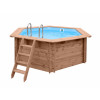
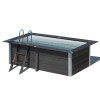
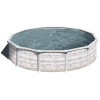
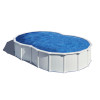
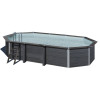
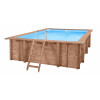
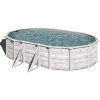
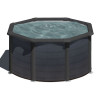








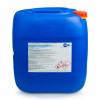
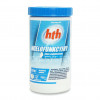
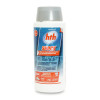
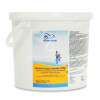
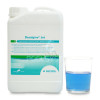
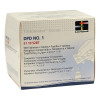





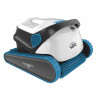

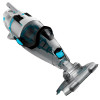

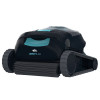
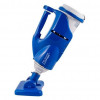




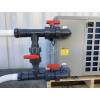
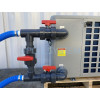
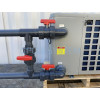











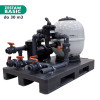
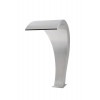
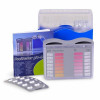
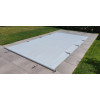












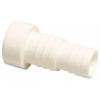
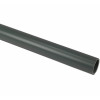
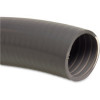
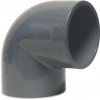
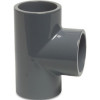
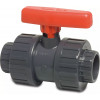
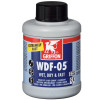
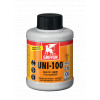







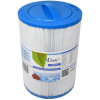
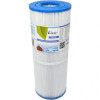
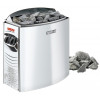


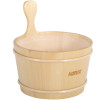

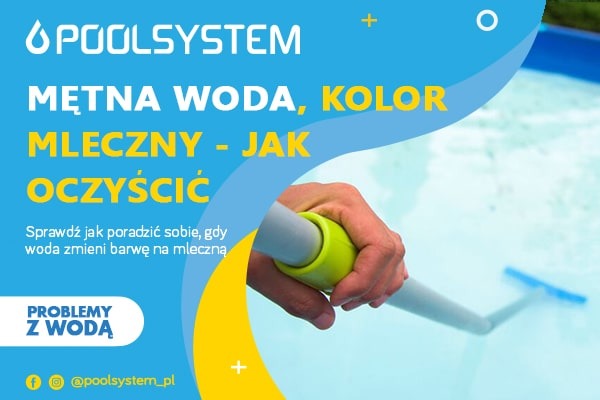

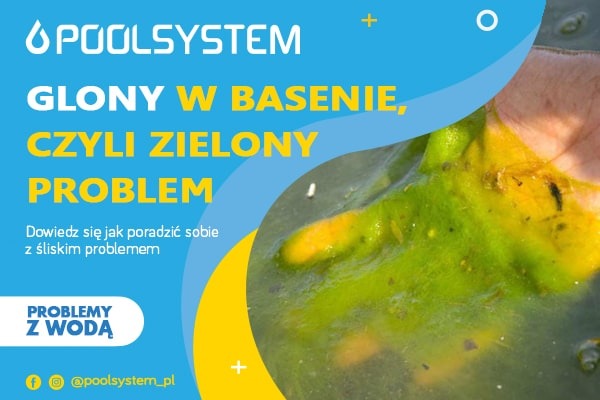

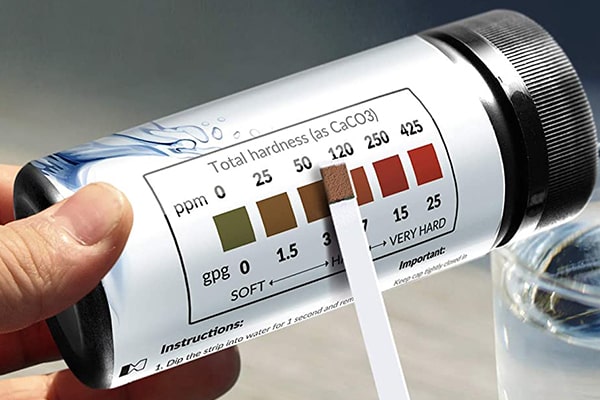
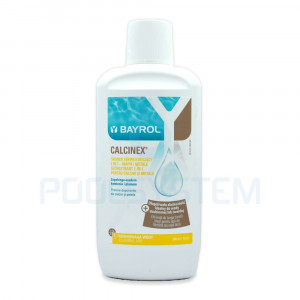

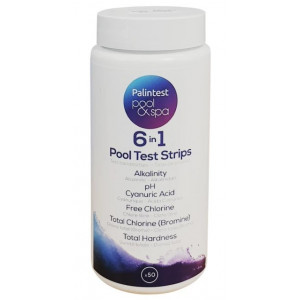

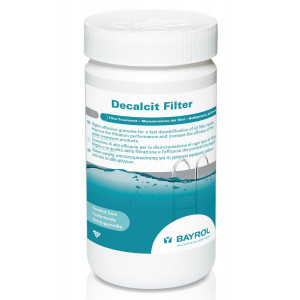
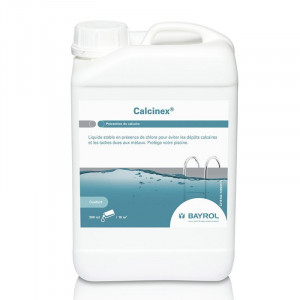
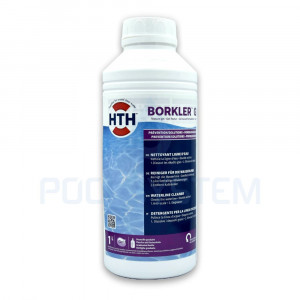

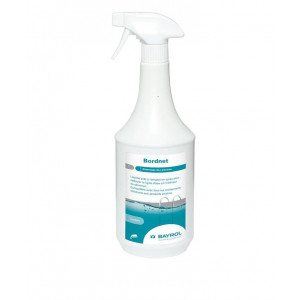
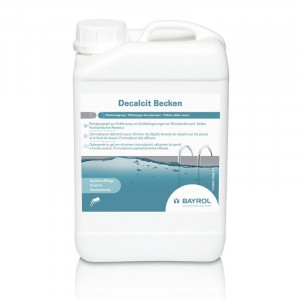
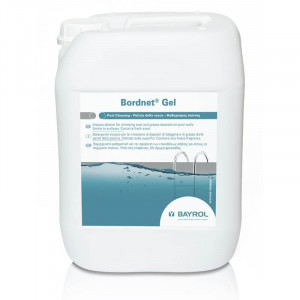
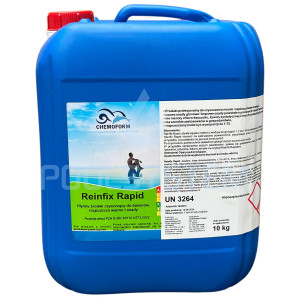
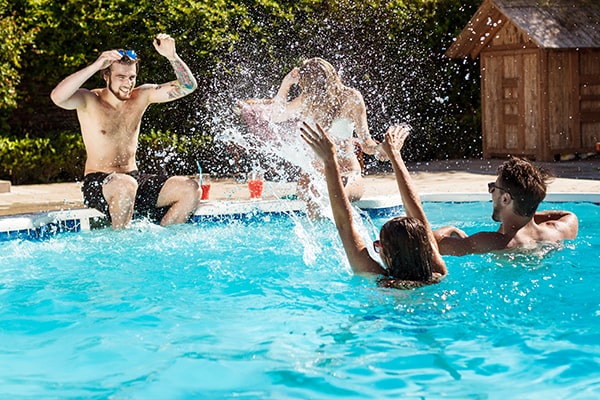

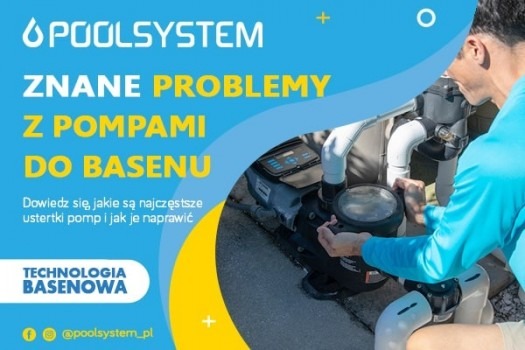

Comments (0)